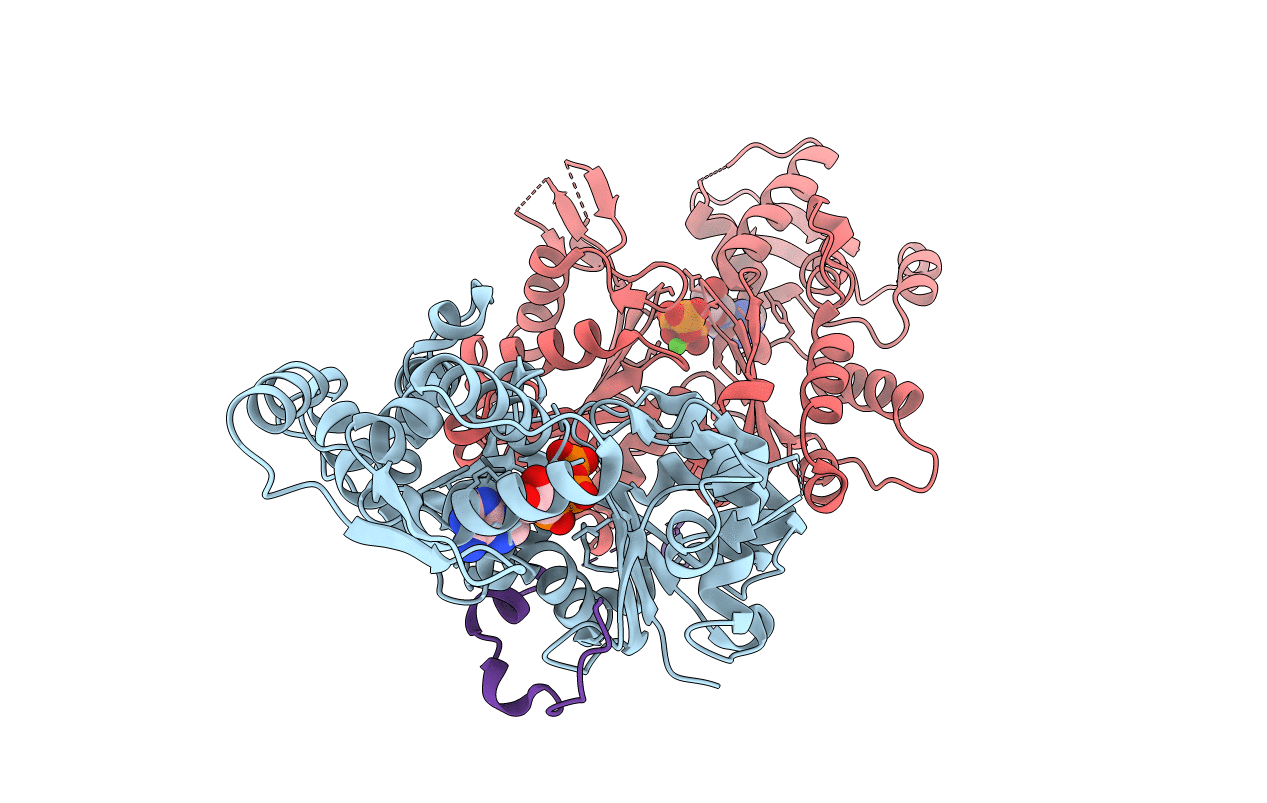
Deposition Date
2014-05-16
Release Date
2014-10-22
Last Version Date
2023-11-08
Entry Detail
PDB ID:
4PL8
Keywords:
Title:
Structure of rabbit skeletal muscle actin in complex with a hybrid peptide comprising thymosin beta4 and the lysine-rich region of Cordon-Bleu
Biological Source:
Source Organism:
Homo sapiens (Taxon ID: 9606)
Oryctolagus cuniculus (Taxon ID: 9986)
Oryctolagus cuniculus (Taxon ID: 9986)
Method Details:
Experimental Method:
Resolution:
2.00 Å
R-Value Free:
0.20
R-Value Work:
0.17
R-Value Observed:
0.17
Space Group:
P 43 21 2


